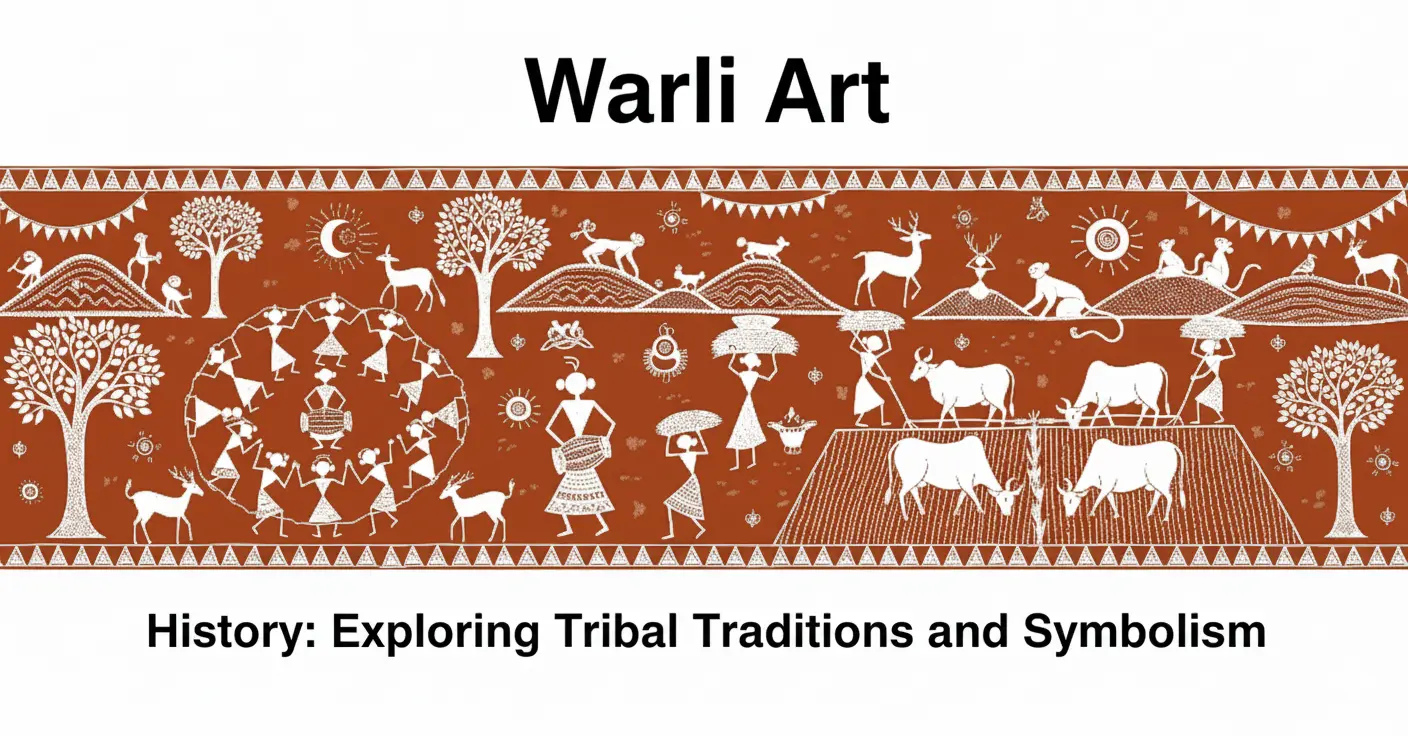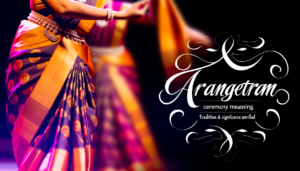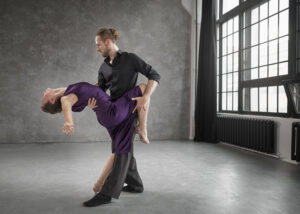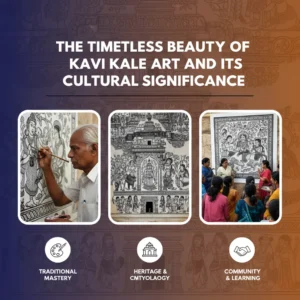Warli art history is one of the most fascinating chapters of India’s cultural heritage. Emerging from the tribal heartlands of Maharashtra, this simple yet profound art form speaks volumes about community life, rituals, and the deep relationship between humans and nature. What makes Warli art so unique is its language of symbols—circles, triangles, and squares—that come together to narrate stories without words. Over centuries, it has evolved from being painted on clay walls with rice paste to becoming a globally recognized art form celebrated in exhibitions, workshops, and cultural spaces.
Warli paintings are more than just art; they are a way of life, an expression of unity, and a silent storyteller of traditions. Today, whether you attend a warli art workshop in BangaloreKailasakaladhara or admire an original painting from Maharashtra, you are connecting with centuries of history that continues to thrive in modern times.
Origins of Warli Art History
Warli art originates from the Warli tribe of Maharashtra, with its earliest traces dating back to around 2500 BCE. Traditionally, the art was created by women to mark special occasions such as weddings, harvest festivals, and rituals. The warli art of Maharashtra is characterized by its monochrome style—typically white pigment on a red ochre background.
The simplicity of its figures belies the depth of its meaning. The sun, moon, and animals are drawn to highlight the tribe’s harmony with nature. The central theme often revolves around “Tarpa Dance,” a celebratory dance around a musician, symbolizing community life and togetherness.
The Meaning Behind Warli Symbols
Warli art is not random decoration—it carries profound meaning in every symbol. Circles represent the sun and moon, triangles depict mountains and trees, and squares often represent sacred enclosures. Human figures, drawn as two inverted triangles joined at the waist, signify balance in life.
For example:
-
Circle → The cycle of life
-
Triangle → Strength and challenges
-
Square → A sacred space for rituals
These patterns are not just geometric—they embody the tribe’s worldview, blending the spiritual and the earthly.
Some Famous Warli Artists
Though Warli art was anonymous for centuries, certain artists helped bring it to the global stage.
-
Jivya Soma Mashe: Widely credited for popularizing Warli paintings beyond tribal boundaries, his works have been exhibited internationally.
-
Balu Mashe: Another master artist, who carried forward the tradition with distinctive storytelling styles.
-
Shantaram Tumbada: Known for innovating within tradition while preserving the essence of Warli motifs.
These artists ensured that warli art history remains not just preserved but celebrated in modern times.
Warli Art Information: A Quick Table
| Aspect | Warli Art Information |
|---|---|
| Origin | Warli Tribe, Maharashtra (around 2500 BCE) |
| Common Materials | Rice paste, bamboo sticks, cow dung-coated walls |
| Themes | Community life, rituals, farming, hunting, Tarpa dance |
| Symbols | Circles (sun, moon), Triangles (trees, mountains), Squares (sacred space) |
| Notable Artists | Jivya Soma Mashe, Balu Mashe, Shantaram Tumbada |
| Contemporary Relevance | Exhibitions, workshops, fashion, interior design, cultural events |
 Warli Art of Maharashtra: A Living Tradition
Warli Art of Maharashtra: A Living Tradition
The warli art of Maharashtra is not just an ancient practice; it is a living tradition that thrives in modern expressions. From adorning mud walls in villages to finding space in contemporary art galleries, its journey is truly inspiring.
In Maharashtra, Warli art is still tied to rituals and community bonding. During weddings, a special “Lagnachowk” (sacred square) is painted on the wall, believed to bring blessings and harmony. This art is passed down generations, ensuring continuity while embracing innovation.
Warli Art Workshop in Bangalore Kailasakaladhara
For those outside Maharashtra, the beauty of Warli can be experienced through cultural workshops. A warli art workshop in Bangalore Kailasakaladhara is an opportunity for people to not only learn the technique but also connect with the cultural spirit behind each stroke.
At Kailasakaladhara, workshops are not just about painting but about celebrating art as a community activity. The space, also used for pre-wedding shoots, dance rehearsals, auditions, jamming sessions, and cultural events, provides the perfect atmosphere for creative learning. Warli workshops here are often interactive, allowing participants to experiment with traditional patterns while creating their own storytelling designs.
Why Warli Art Still Matters Today
Warli art resonates with modern audiences because it carries timeless values—community living, respect for nature, and spiritual symbolism. In an era of fast-paced digital life, practicing or even observing Warli brings a sense of calm, grounding, and cultural appreciation.
From classrooms to corporate workshops, from cultural exhibitions to online art sessions, Warli continues to inspire creativity and mindfulness.
FAQs
1. What is Warli art history?
Warli art history traces the origins of tribal paintings from Maharashtra dating back to 2500 BCE.
2. What is the meaning behind Warli symbols?
Warli symbols like circles, triangles, and squares represent nature, strength, and sacred rituals.
3. Where can I join a Warli art workshop in Bangalore?
You can join interactive Warli art workshops at Kailasakaladhara in Bangalore.
✨ To explore creative spaces for workshops, auditions, photo shoots, pre-wedding events, jamming, and cultural programs, visit Kailasakaladhara.



